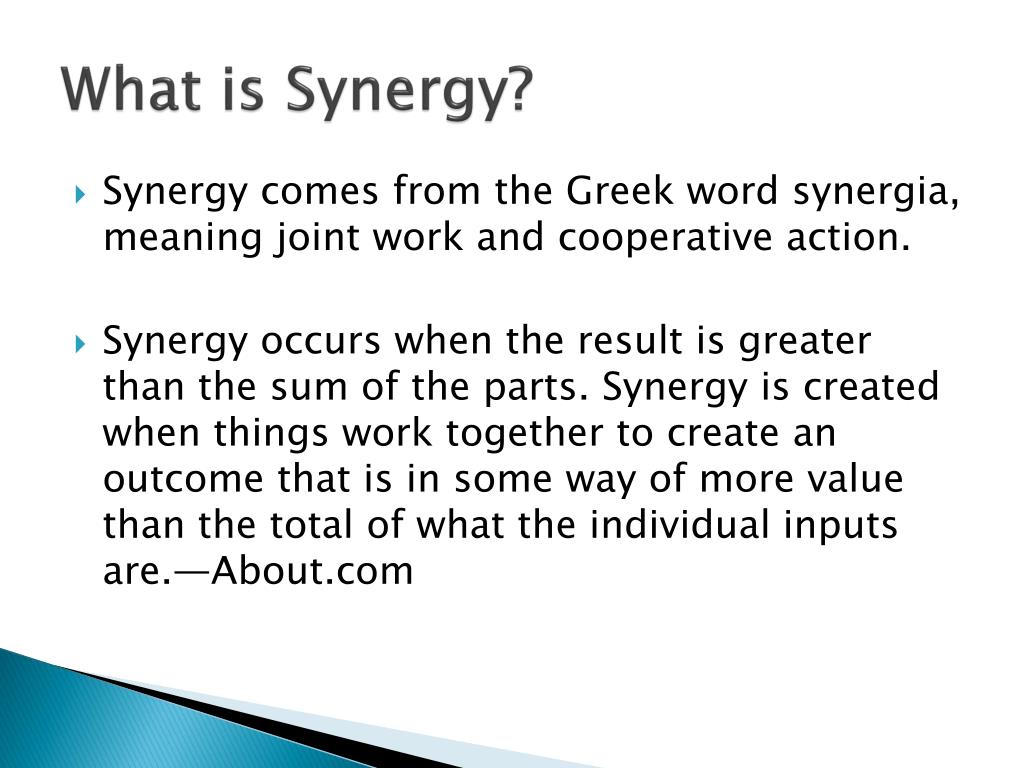

All subjects were excluded for any uncontrolled cardiovascular, neurological, or orthopaedic conditions, such as high blood pressure, arthritis, or history of seizure, that would inhibit exercise in a standing position. Subjects were also screened for cognitive and communication impairments and only those with Mini Mental State Examination scores greater or equal to 22 were tested. Although some subjects scored high on the Fugl-Meyer lower limb and synergy control sub-score, all subjects exhibited difficulty in walking typical of hemiplegic stroke subjects. This clinical score (0–22) reflects the ability to move within (0–14), to combine (15–18), or to move out of (19–22) classically defined dynamic synergy patterns. The synergy control sub-score of the Fugl-Meyer assessment was also used to characterize subjects. Subjects with a Fugl-Meyer lower limb score greater than 30 out of 34 were deemed very highly functional and excluded. Subjects were excluded from the study if they were too severely impaired to voluntarily move about the ankle, knee, and hip joints, measured by a Fugl-Meyer lower limb score below 10 out of 34.

Sixteen subjects (9 male, 7 female) with hemiparesis resulting from a single unilateral cortical or sub-cortical brain lesion at least one year prior to testing participated in this study along with sixteen (9 male, 7 female) neurologically intact age-matched controls. Additionally, EMG activity of relevant muscles was simultaneously recorded to quantify the presence of abnormal muscle activation patterns. This allowed us to quantify weakness as a torque deficit and coordination as the generation of any synergy patterns in the lower limbs of hemiparetic stroke patients. Subjects were asked to generate maximum isometric contractions about a given joint while torques at joints secondary to the desired exertion were simultaneously calculated and recorded. When acute ( 1 year post-injury) stroke patients in a functionally relevant standing position.

However, it has been shown that gravity can influence the control of limb movements by affecting sensory input and altering task mechanics. This analysis technique of quantifying torques at joints secondary to the intended joint axis was applied to the lower limbs of cerebral palsy patients in a seated position, where abnormal secondary joint torques were expressed during maximal hip and knee extension. These, and other inappropriate upper limb muscle synergy patterns were attributed to abnormal torque generation about joints secondary to the intended, or primary, joint axis during maximal voluntary isometric contractions.

In dynamic tasks, abnormal synergy patterns exist in the paretic upper limb between shoulder abduction with elbow flexion as well as shoulder adduction with elbow extension. In isometric conditions, it has been shown that stroke patients have a limited number of upper limb synergies available to them due to abnormal muscle coactivation patterns. Much of the literature attempting to quantify these abnormal muscle synergies is focused on the paretic upper limb of stroke patients. These coupled movements are known as synergies and, for the lower limb, have been grouped into the extension synergy (internal rotation, adduction, and extension of the hip, extension of the knee and extension and inversion of the ankle) and the flexion synergy (external rotation, abduction, and flexion of the hip, flexion of the knee, and flexion and eversion of the ankle) with varying levels of completeness and dominance. Following stroke, some patients lose independent control over select muscle groups, resulting in coupled joint movements that are often inappropriate for the desired task. Ī well documented factor limiting the motor rehabilitation of patients following stroke is the presence of abnormal muscle activation patterns. Spasticity has also been proposed as an alternative explanation for lower limb impairments in hemiparetic stroke, but more recent studies have found that spasticity may not play a significant role in gait abnormalities. It has also been reported that weakness following stroke may be the result of co-contraction of antagonistic muscles. In the lower limbs, this muscle weakness can be attributed to disuse atrophy and/or the disruption in descending neural pathways leading to inadequate recruitment of motorneuron pools. Muscle weakness, or the inability to generate normal levels of force, has clinically been recognized as one of the limiting factors in the motor rehabilitation of patients following stroke.


 0 kommentar(er)
0 kommentar(er)
